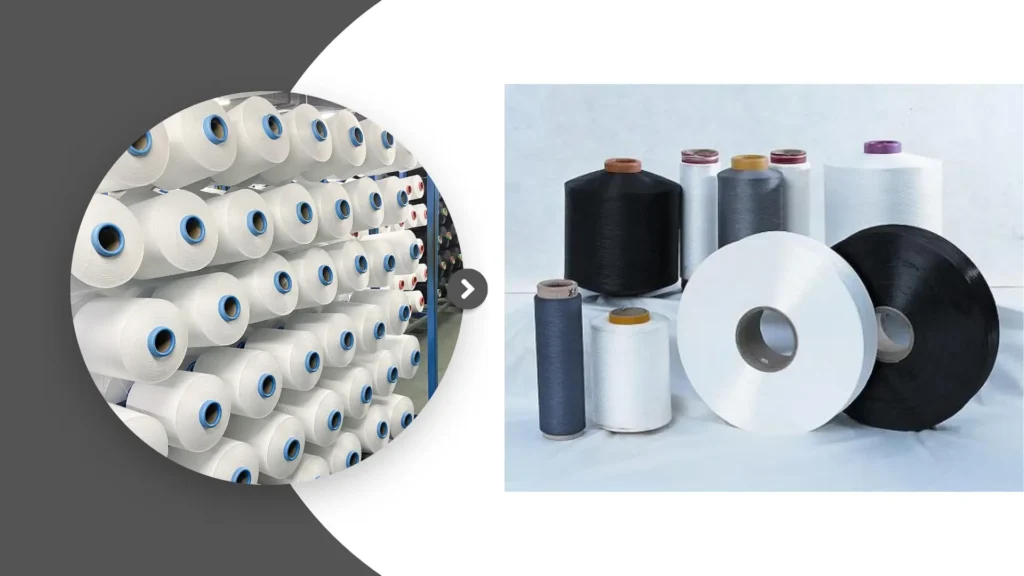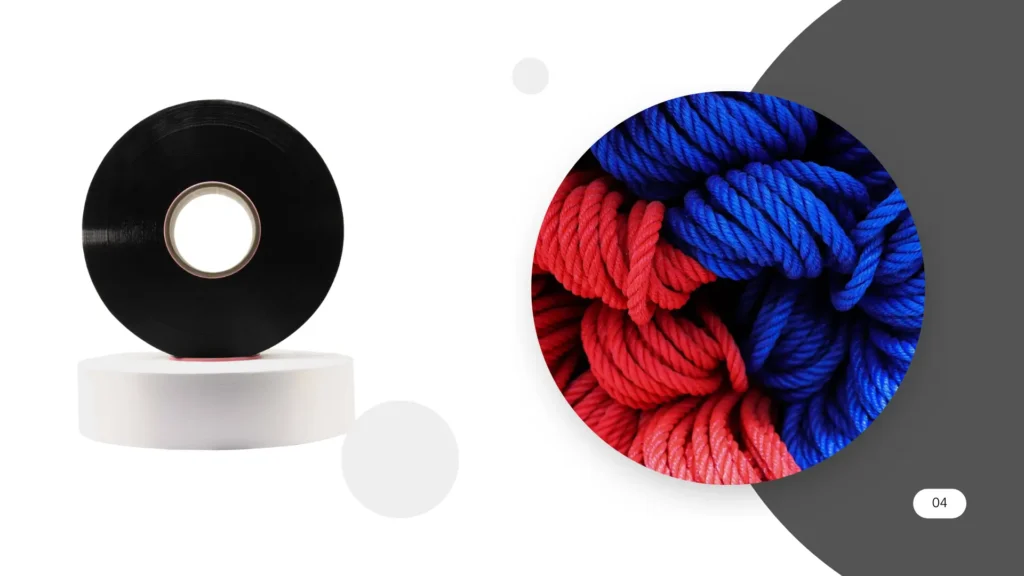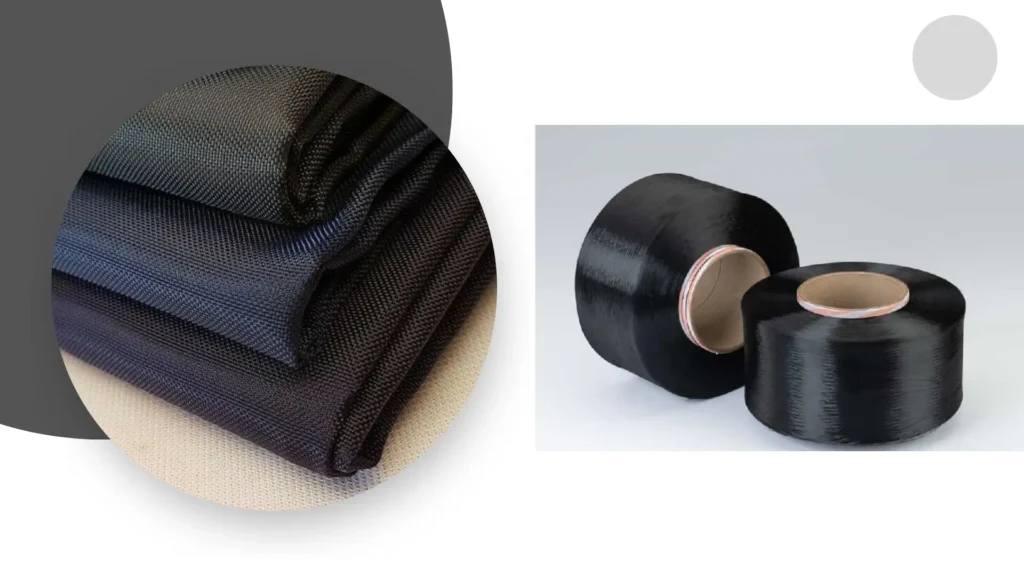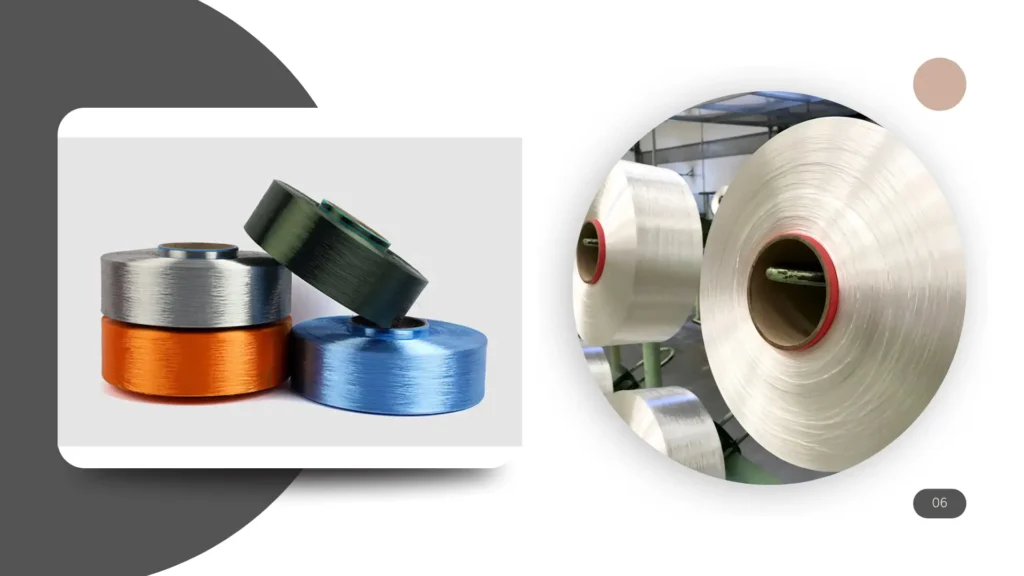How Do Nylon 6 Manufacturers Perform Defect Analysis and Implement Corrective Actions?
Defect analysis is a systematic process used by manufacturers to identify, categorize, and understand defects in Nylon 6 products.
This process typically involves a detailed examination of products during various stages of production to pinpoint the sources and types of defects.
By analyzing these defects, manufacturers can gain insights into their causes and develop strategies to mitigate them.
Conducting defect analysis is critical for maintaining high-quality standards in Nylon 6 manufacturing.
By identifying defects early, manufacturers can reduce waste and enhance efficiency, ultimately saving time and resources.
Furthermore, effective defect analysis ensures that products meet customer expectations and regulatory requirements, helping to build brand trust and loyalty.
The primary goals of defect analysis include reducing the incidence of defects, improving manufacturing processes, and enhancing overall product reliability.
Achieving these goals not only leads to higher quality products but also contributes to increased customer satisfaction and a stronger competitive position in the market.
What Types of Defects Are Common in Nylon 6 Products?
Overview of Common Defects
Nylon 6 products can exhibit various defects, including discoloration, mechanical weaknesses, surface imperfections, and dimensional inaccuracies.
Understanding these defects is essential for effective analysis and for implementing preventive measures.

Causes of Common Defects
Common causes of defects in Nylon 6 include poor raw material quality, improper processing conditions, contamination, and environmental factors such as humidity and temperature fluctuations.
Identifying these causes helps manufacturers implement targeted corrective actions to improve product quality.
Impact of Defects on Product Quality
Defects can significantly affect the performance and reliability of Nylon 6 products.
For instance, mechanical weaknesses may lead to product failures, while surface imperfections can diminish aesthetic appeal.
Understanding the impact of these defects is crucial for manufacturers aiming for high-quality outcomes and customer satisfaction.
And More:
- What are Common Defects in Nylon 6 Manufacturing
- What Techniques Do Manufacturers Use to Detect Defects in Nylon 6
How Do Manufacturers Identify Defects During Production?
Visual Inspections
Visual inspections are often the first line of defense in identifying defects.
Trained personnel examine products for visible flaws, such as discoloration or surface irregularities.
This method allows for quick detection and immediate corrective actions, helping to maintain product quality.
Automated Inspection Systems
Many manufacturers utilize automated inspection systems equipped with machine vision technology.
These systems can analyze products in real-time, identifying defects that might be missed during manual inspections.
Automated systems enhance efficiency and accuracy, reducing the likelihood of human error.
Sampling and Testing
Sampling involves testing a portion of products to evaluate quality standards.
Mechanical testing, such as tensile strength tests, and chemical analysis can help identify defects and assess material properties.
This systematic approach ensures that only high-quality products are released to the market, protecting the brand’s reputation.

What Role Does Data Collection Play in Defect Analysis?
Importance of Data Collection
Data collection is a vital part of defect analysis. By gathering data on defects, manufacturers can identify patterns and trends that inform their corrective actions.
This information is crucial for making data-driven decisions and enhancing production processes.
Types of Data Collected
Manufacturers collect data on various aspects, including defect types, frequencies, and potential causes.
This comprehensive data collection provides valuable insights that can help manufacturers understand the root causes of defects and develop effective solutions.
Analyzing Collected Data
Statistical analysis tools are often used to interpret collected data. By analyzing trends and correlations, manufacturers can pinpoint specific issues in their production processes.
This analytical approach enables them to make informed decisions that lead to improved product quality and reduced defect rates.
How Do Manufacturers Implement Corrective Actions?
Root Cause Analysis
Once defects are identified, manufacturers conduct root cause analysis to determine the underlying issues.
This process involves asking “why” multiple times to uncover the true source of the problem.
Understanding the root cause is essential for developing effective corrective actions that address the issue at its source.
Developing Corrective Action Plans
Based on the findings from the root cause analysis, manufacturers create corrective action plans.
These plans outline specific steps to address identified issues, ranging from adjusting processing conditions to improving raw material quality.
Clear action plans ensure that everyone involved understands their roles in implementing changes.

Monitoring and Follow-Up
After implementing corrective actions, manufacturers monitor the results to ensure that defects are reduced.
Regular follow-ups are essential for assessing the effectiveness of these actions and making further adjustments as needed.
This ongoing monitoring helps maintain high quality and prevents the recurrence of defects.
How Do Manufacturers Ensure Continuous Improvement?
Establishing Quality Control Systems
Implementing robust quality control systems is essential for continuous improvement.
These systems help monitor production processes and enforce quality standards consistently.
By establishing clear protocols, manufacturers can ensure that every step of the process contributes to product quality.
Training and Development
Ongoing training for employees on best practices and quality standards is crucial.
By empowering staff with knowledge and skills, manufacturers can enhance their ability to detect and address defects effectively.
Training also fosters a culture of quality and accountability within the organization.
Feedback Loops
Creating feedback loops allows manufacturers to gather insights from customers and employees about product performance.
This information can guide future improvements and help manufacturers stay aligned with market expectations.
Actively seeking feedback demonstrates a commitment to quality and customer satisfaction.
What Technologies Are Used in Defect Analysis?
Machine Learning and AI
Advanced technologies such as machine learning and artificial intelligence can analyze large datasets to identify patterns and predict potential defects.
These tools enhance the accuracy of defect analysis and improve decision-making, allowing manufacturers to be proactive rather than reactive.

Automation in Manufacturing
Automation plays a significant role in reducing human error during production.
By automating processes, manufacturers can minimize the risk of defects and ensure consistent quality.
Automated systems can also streamline inspection and testing, making the overall production process more efficient.
Quality Management Software
Quality management software helps manufacturers track defects, monitor quality control processes, and analyze performance metrics.
This technology streamlines defect analysis and facilitates continuous improvement, making it easier to identify and address quality issues.
How Do Manufacturers Foster a Quality Culture?
Promoting a Quality-First Mindset
Fostering a culture that prioritizes quality is essential for effective defect analysis.
Manufacturers should encourage employees at all levels to take ownership of quality and contribute to continuous improvement efforts.
A quality-first mindset helps embed quality into the organization’s core values.
Recognizing and Rewarding Quality Efforts
Recognizing and rewarding employees for their contributions to quality initiatives can motivate teams to prioritize defect analysis.
Celebrating successes helps reinforce the importance of maintaining high standards and encourages ongoing commitment to quality improvement.
Encouraging Open Communication
Encouraging open communication about quality issues fosters collaboration and innovation in defect analysis.
Employees should feel empowered to report defects and suggest improvements without fear of repercussions.
A culture of open communication leads to quicker identification of issues and more effective solutions.

Conclusion
Defect analysis is crucial for maintaining high quality in Nylon 6 manufacturing.
By identifying common defects, employing effective identification methods, collecting and analyzing data, and implementing corrective actions, manufacturers can significantly enhance product reliability.
Continuous improvement practices, supported by advanced technologies and a quality-focused culture, further contribute to reducing defects and ensuring customer satisfaction.
Through diligent defect analysis, the industry can continue to deliver high-quality Nylon 6 products that meet and exceed market expectations.


